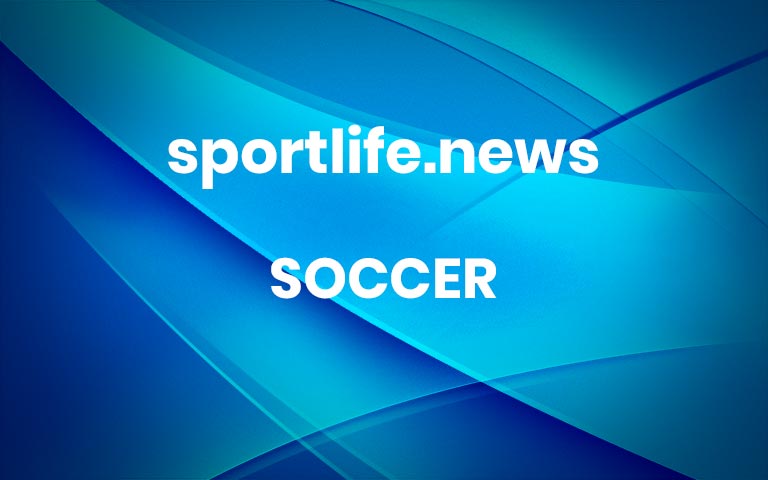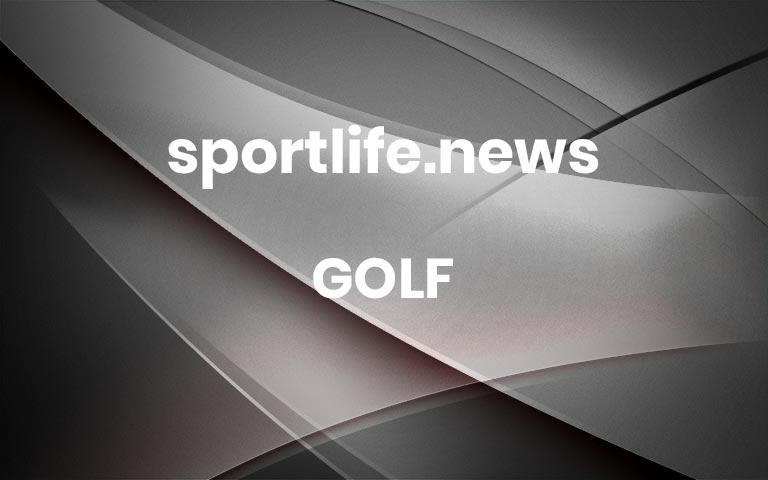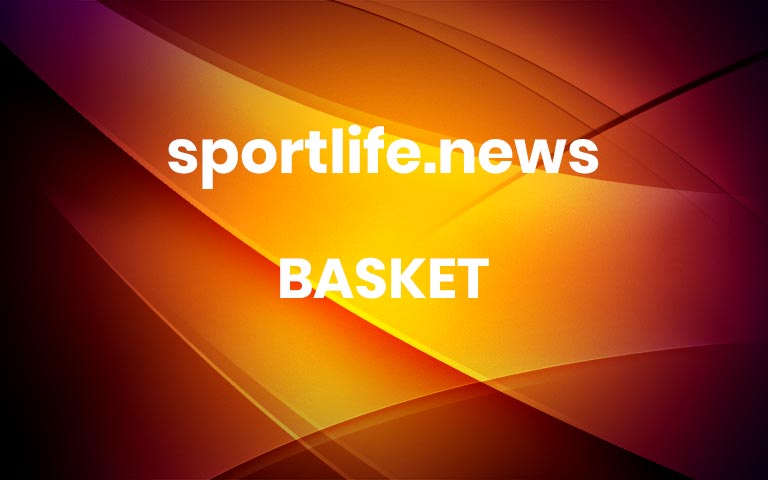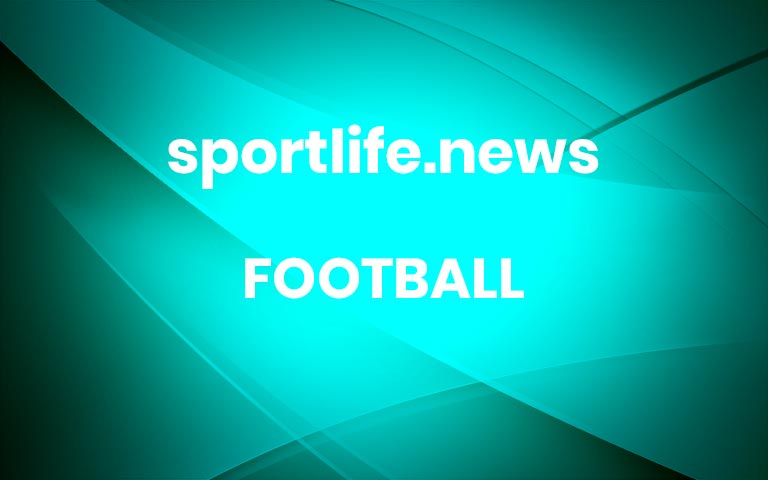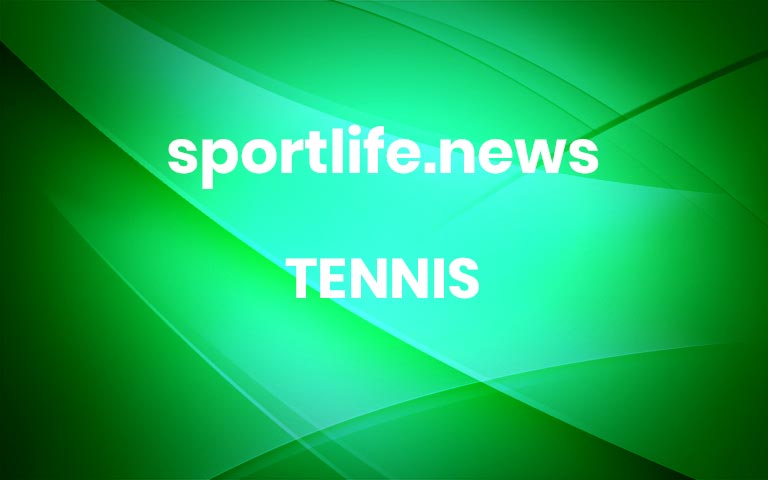The Hidden Gem of Sports Travel: USMNT Away
One of the essential, and unsung, experiences in American sports fandom requires you to leave American soil altogether.Every four years, the United States men’s soccer team embarks on a monthslong journey to qualify for the World Cup, bouncing around North and Central America and the Caribbean for an excruciatingly tense series of high-stakes matches against regional rivals. That these games need to be experienced in person to be truly understood has become a well-worn trope for the team’s players, who often struggle at first to adapt to the surroundings.Fans, it turns out, have been saying the same among themselves for years. These traveling supporters — a small group of American fans afflicted at once with a borderline irrational sense of team loyalty and an insatiable wanderlust — are the road warriors of Concacaf, the regional confederation that includes the United States and its hemispheric neighbors. They are, in some way, a breed apart as fans: reveling in the opportunities for international exchange, seeing beauty in cultural and competitive differences, brushing aside warnings (warranted or not) about personal safety and absorbing the often considerable expense associated with following their national team.“Soccer is the catalyst to get us to visit these places, but we dive into the full experience, and we leave with a better understanding of a country, and often an affinity for it,” said Donald Wine, 38, of Washington, who is one of the half dozen or so fans planning to attend all 14 games in the final round of the 2022 World Cup qualification cycle: seven in the U.S., and seven outside it.The quest, though, has taken on a new level of urgency in the current qualifying cycle because the beloved rite, in its current form, has an expiration date. Qualifying for the World Cup will look vastly different heading into the 2026 tournament, when the field expands to 48 teams from 32, and the United States is expected to qualify automatically as a host. After that, the Concacaf region will receive about twice as many berths in the tournament as it does now: Given its comparative strength against its regional rivals, that could grant the United States a relatively suspense-free path through qualifying for generations.Ray Noriega, top left, has been hit with a battery in Costa Rica and a coin in Mexico. Donald Wine plans to attend 14 road qualifiers in this cycle. On Thursday, he and thousands of U.S. fans were in Texas to see the United States beat Jamaica. The return match is in Kingston next month.That means the journey — for the players and the fans — will never be the same.“I’ve told everybody going into this qualifying cycle, ‘If you weren’t able to do the other ones, do this one, because this is the last time we’re going to feel this pressure,’” said Ray Noriega, of Tustin, Calif., who attended every game of the U.S. team’s past three World Cup qualifying cycles and plans to do the same this time around. “It does feel like the last hurrah.”It is that pressure, fans say, that gives everything else meaning, that has for years inflated the underlying tension and the atmosphere at stadiums. Each game, each trip to another country, offers another chance to be surprised. It happened last month, for instance, when the team began its qualifying campaign in El Salvador.Only a couple of dozen Americans made the trip. Before kickoff, they were corralled at the stadium by the local police and shepherded to their seats against a wall behind one goal. To the Americans’ surprise, as they took their seats, the local fans around them began to clap. People in the next section over noticed and began to applaud, too. Soon, much of the packed stadium rose to their feet to give the visiting spectators a loud standing ovation. The Americans were dumbfounded.“I’ve never seen that before,” said Dale Houdek, 49, of Phoenix, who has attended more than 100 U.S. national team games (both men’s and women’s), “and I don’t know if I’ll ever see that again.”The warmth can be a pleasant surprise because, inside the stadiums at least, there is always potential for hostility.“I’ve been hit with a battery in Costa Rica,” Noriega said. “I’ve been hit with a coin in Mexico. I’ve been hit with a baseball in Panama — I guess they say they’re a baseball country.”But the frequent travelers insist such incidents are rare. The huge majority of people they meet, they said, are more interested in taking pictures, trading stories, swapping shirts and scarves, and offering advice on local attractions.Given some of the complexities of travel for these games, particularly now amid a global pandemic, the traveling fans coordinate with the team before most trips. A security specialist who works for the United States Soccer Federation connects with the American Outlaws, the team’s largest organized fan group, to help orchestrate movements on match day, arranging police escorts (if necessary), finding secure lodging and choreographing their entrances and exits from the stands.Attending matches with organized groups in the U.S. offers the familiarity of friendly crowds. For Dale Houdek and Kelly Johnson, top left, years of trips abroad yielded a different kind of close encounter with one American player.“We’re always a phone call away if they need anything,” said Neil Buethe, the federation’s chief spokesman.The fans who travel around Concacaf have come to feel like a subculture within a subculture — one with a certain level of disposable income and flexibility with work and family. Travel and expenses for a typical three-game window can run a few thousand dollars.“My dad says this is my Grateful Dead,” Max Croes, 37, of Helena, Mont., said of following the team around the world. A handful are so devoted to the cause that they plan to fly next month to Kingston, Jamaica, for a game that seems likely to take place behind closed doors, without fans, on the off chance the rules change at the last minute and they can attend.“And if not, it’s Jamaica — there are worse places to not see a soccer game,” said Jeremiah Brown of Austin, Texas, who is trying to see the full set of qualifiers this cycle with his wife, April Green.For the pure magnitude of the occasion, though, one destination stands apart from the rest.“Mexico,” said Ivan Licon, of Austin, “is its own beast.”Games at Mexico City’s enormous Estadio Azteca — where visiting fans are caged in fencing, ostensibly for their own protection — can inspire fans to break out a multiplication table to describe its appeal:“It’s college football times 10,” said Licon, a die-hard Texas A&M fan who plans to attend every road qualifier this cycle.“It’s the Red Sox and Yankees times 20,” said Boris Tapia, of Edison, N.J.More Americans are getting the memo. Before the 2014 World Cup, a few hundred fans attended the Americans’ qualifier in Mexico. Before the 2018 tournament, the U.S. contingent, the fans estimate, was closer to 1,000. The teams will renew their rivalry at the Azteca in March, when the teams are in the final stretches of qualification.Soccer, though, is just part of the appeal of these trips. Fans happily listed side quests that had made the travel extra special: surfing at dawn in Costa Rica; hiking in the mountains in Honduras; witnessing one of the world’s largest Easter celebrations in Guatemala; spontaneously carrying baby turtles to the sea in Trinidad; adopting a donkey on the island of Antigua.“His name is Stevie,” Wine said. “We still get updates on him.”Devotion to the U.S. team can take unique forms. The explosion of joy in seeing it score, though, is more of a shared experience.The smaller countries, and the more modest venues, have their own appeal. At the Estadio Olimpico in Honduras last month, about two dozen American fans were tucked into one corner of the packed stadium, a freckle of red in a sea of blue. Honduran fans offered them bags of plantain chips doused in hot sauce. When the American team mounted a comeback, the Honduran fans, in a surprise development, began pelting their own players with bags of drinking water that were being sold outside the stadium.There was not a single digital screen in the stadium, not another source of light in the surrounding sky, giving the night a timeless quality.“The experience is so pure,” Houdek said.The lower-profile trips also have a way of breaking the fourth wall that typically separates fans from the team.Kelly Johnson, 44, of Phoenix, recalled getting to know the former national team defender Geoff Cameron after she and Houdek, who is her boyfriend, kept crossing paths with him in hotels and airports over the years.A few years ago, Johnson messaged Cameron on Facebook as she and Houdek prepared for a vacation in England, where Cameron was playing professionally. She didn’t expect a response, but Cameron surprised her not only by getting them tickets to a game, but also inviting them to his home and taking them out for lunch.That, she said, symbolized the serendipity of national team travel.“Random things happen,” she said. More

